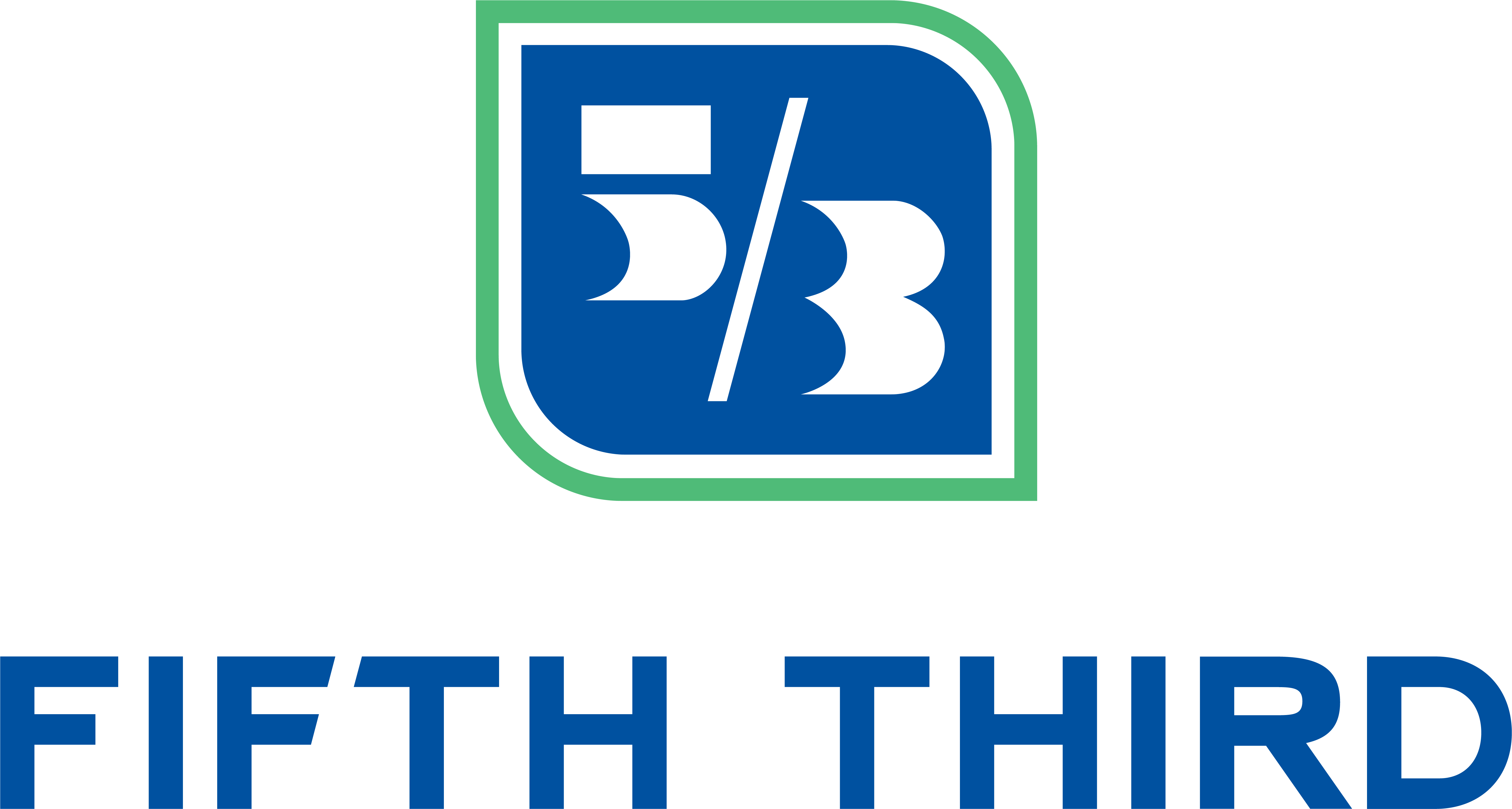From the Fifth Third 2021 ESG Report: Empowering Black Women Business Owners

When the Women’s Business Enterprise National Council (WBENC) identified a key issue facing Black women business owners, Fifth Third’s chief inclusion and diversity officer Stephanie Smith stepped in to help. These business owners were not becoming WBENC-certified because of the cost of certification, a problem exacerbated by the pandemic.
Smith advocated for a program to help women pay to certify their businesses. She worked with WBENC and Women’s Business Enterprise Corporation, a regional partner organization, to create the program and to identify non-certified Black WBEs to apply. The Fifth Third program covers the certification processing fee for the first year.
WBENC certification provides access to network and procurement opportunities with corporations and government agencies, facilitates important business growth and connects the more than 17,000 WBEs across the country.
The scholarship program was rolled out in seven of the Bank’s 12 regions—the Carolinas, Georgia, Kentucky, Ohio, West Virginia and Tennessee—and 28 applicants received scholarships.
Also, a new certificate program for minority entrepreneurs was launched in 2021 by Fifth Third in partnership with the National Minority Supplier Development Council. The NMSDC Centers of Excellence Certificate Program, or COECP, was designed to strengthen the corporate supplier selection processes and help minority businesses compete in a global environment. Establishing the program at Fifth Third is also part of the Bank’s Accelerating Racial Equality, Equity and Inclusion initiative and its commitment to financial inclusion.
The program is designed to empower minority entrepreneurs and to assist them with securing contracts with Fifth Third and other large companies. The nine-month program is made possible through the Fifth Third Foundation and the Bank’s relationships with the Ohio, Georgia, Michigan, Mid-States and Chicago MSDC regional councils.
In 2021, 62 NMSDC-certified Class II businesses with annual sales between $1 million and $10 million and that had a minimum of five employees, graduated from the program. Outcomes were positive, including 95% of the graduates increasing their revenue as well as landing new clients and contracts.

